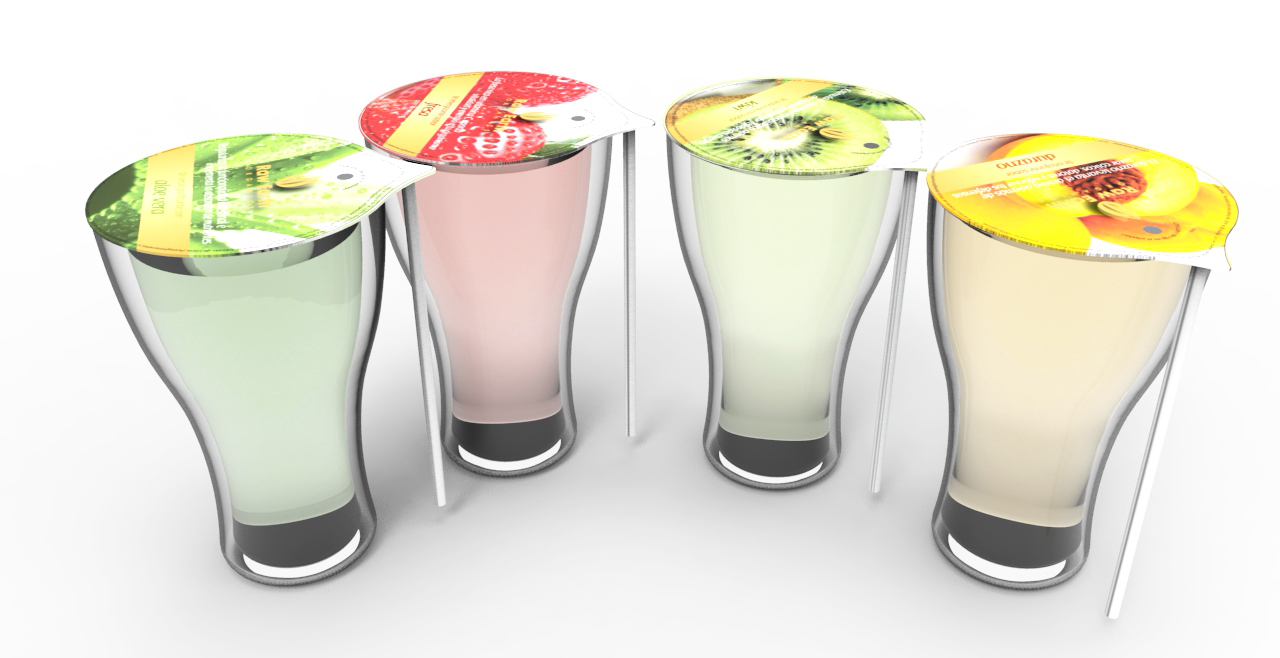Imagine a world where your home is built from the very earth beneath your feet, a world where construction materials are as natural and abundant as the air you breathe. This is the world of raw earth, a building material that has been used for millennia, offering a unique blend of sustainability, affordability, and a timeless aesthetic.
Image: www.behance.net
Raw earth, also known as rammed earth, adobe, or pisé, encompasses a range of techniques that utilize earth, often mixed with other natural materials like straw or sand, to create durable and beautiful structures. From the ancient mud-brick cities of Mesopotamia to the stunning adobe dwellings of the American Southwest, this humble material has shaped civilizations and left an enduring mark on architectural history. Today, as we seek more sustainable and environmentally conscious building solutions, raw earth is experiencing a resurgence, offering a time-tested alternative to modern construction methods.
The Magic of Raw Earth: Exploring the Basics
Understanding the Material
The beauty of raw earth lies in its simplicity. It’s literally the earth we walk on, readily available in most parts of the world. The key to its strength lies in its composition, which varies depending on location and soil type. Typically, raw earth consists of clay, silt, and sand in varying proportions. The presence of clay is crucial, as it acts as a binder, giving the material its strength and shaping ability.
Traditional Techniques: From Mud Bricks to Rammed Earth
Building with raw earth has a long history, with numerous techniques evolving over centuries. Some of the most common methods include:
- Adobe: This method involves creating sun-dried bricks from a mixture of clay, sand, and straw. These bricks are then used to construct walls, offering a traditional and aesthetically pleasing construction technique.
- Rammed earth: This method involves compacting damp earth into forms, creating solid and durable walls. The result is a monolithic structure that exudes a sense of solidity and strength.
- Cob: Cob is a mixture of clay, sand and straw, and it is used to build walls by hand. It is often used in conjunction with timber frames to create round or curved structures.
- Pisé: Similar to rammed earth, pisé involves compacting the earth into a form, but it uses a slightly different technique.

Image: www.behance.net
Raw Earth: More Than Just Mud
Environmental Advantages: A Sustainable Choice
In today’s world, where concerns about climate change and resource depletion are paramount, raw earth offers a compelling alternative to conventional building materials. Its low embodied energy, meaning the energy required to produce and transport the material, makes it a highly sustainable choice. Raw earth is a local resource, minimizing transportation emissions and supporting local economies. Additionally, it readily absorbs and stores carbon dioxide, effectively contributing to carbon sequestration.
Thermal Comfort: Naturally Cool and Cozy
Raw earth is renowned for its natural thermal properties. Its high thermal mass allows it to absorb heat during the day and release it slowly at night, creating a more stable and comfortable indoor environment. This natural thermal regulation reduces reliance on artificial heating and cooling systems, further contributing to energy efficiency and sustainability.
Aesthetics: Bringing Nature Indoors
Beyond its practical advantages, raw earth has an undeniable aesthetic allure. The natural textures, earthy hues, and unique imperfections create a sense of warmth, authenticity, and connection to nature. Raw earth structures lend themselves to various architectural styles, from minimalist and contemporary to traditional and rustic, providing a canvas for creativity and individual expression.
Raw Earth: The Future of Building?
Modern Innovations: Enhancing Sustainability and Versatility
While traditional raw earth building techniques have endured the test of time, modern innovations are pushing the boundaries of this ancient material. New technologies and materials are being developed to enhance raw earth’s performance, durability, and versatility. These advancements include:
- Stabilized earth: This technique involves adding binders like cement, lime, or polymers to raw earth to improve its strength and water resistance, making it suitable for a wider range of applications.
- Earth blocks: Using specialized machinery, earth blocks can be manufactured, providing a more efficient and standardized alternative to traditional mud bricks. These blocks offer greater consistency and versatility in design.
- Earth finishes: Raw earth can be used in various finishes, such as plaster, render, and paint, offering a wide range of textures and colors.
Embracing Raw Earth: A Global Movement
The resurgence of raw earth construction is not just a trend; it’s a movement. Architects, designers, and builders across the globe are exploring the potential of this ancient material, integrating it into innovative and sustainable projects. From modern homes and commercial buildings to community centers and affordable housing, raw earth is finding its place in a diverse range of architectural landscapes.
The Future of Raw Earth: A Vision for Sustainable Building
As we strive for more sustainable and responsible building practices, raw earth offers a compelling solution. Its low environmental impact, affordability, and natural thermal properties position it as a viable alternative to conventional materials. The ongoing innovation and research in raw earth technology are further expanding its possibilities, paving the way for a future where buildings are not just structures, but expressions of our connection to the earth.
Raw Earth
Conclusion: Building a Better Future with Raw Earth
Raw earth, once a humble and forgotten building material, is re-emerging as a symbol of sustainability and resilience. Its timeless strength, natural beauty, and environmental benefits make it a compelling choice for a more sustainable future. Whether it’s traditional adobe construction or cutting-edge stabilized earth techniques, raw earth offers a unique blend of time-tested ingenuity and modern innovation. By embracing this ancient material, we can create buildings that are not only beautiful and durable but also deeply connected to the world around us. Explore further, experiment with raw earth, and build a better future for generations to come.






